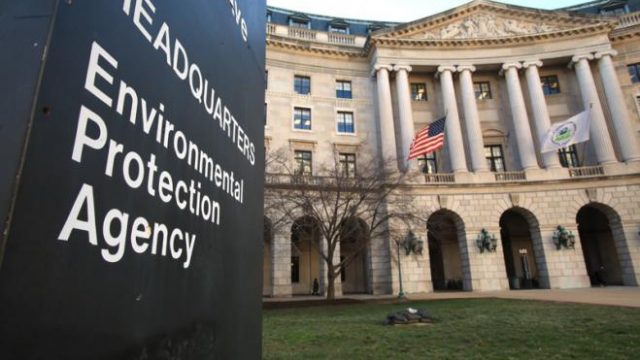Randy Christmann: Clean Power Plan Is Stealth Cap And Trade

In August the Environmental Protection Agency (EPA) released President Obama’s Clean Power Plan. Although this plan has been discussed frequently before and since the actual release, I believe most people have not been told how this plan will impact their personal finances.
In order to understand this 1,560 page plan, let’s set aside the arguments over whether climate change is caused by human activity, and focus only on the impacts of this specific effort to deal with carbon dioxide (CO2) emissions. To be clear, carbon dioxide is the same substance that we exhale when we breathe.
The Clean Power Plan requires North Dakota to reduce CO2 emissions by 45 percent by 2030. It is very easy to look at a 45 percent reduction by 2030 as something very distant and abstract. The first thing North Dakotans should keep in mind is that most of this reduction needs to be achieved by 2022! This is moving much more quickly than the EPA leads us to believe when they emphasize 2030 as the deadline for the final steps.
Many people have also been lead to believe that this can be accomplished by replacing coal plants with either natural gas plants or wind farms without sacrificing reliability. Others believe that energy efficiency programs would make a meaningful difference. However, the actual details of the Clean Power Plan itself and the physical realities of energy generation and transmission make these solutions mostly unworkable for North Dakota.
The reality is that much of this 1,560 page plan is a series of distractions meant to make us believe that the impact will be minimal or that the impact will fall on somebody else. When you strip away these unworkable distractions you are really left with a new cap and trade policy very similar to the one that President Obama could not get passed by Congress in 2009. This time he has bypassed Congress and implemented a rule that carries the weight of law.
[mks_pullquote align=”right” width=”300″ size=”24″ bg_color=”#ffffff” txt_color=”#000000″]The reality is that much of this 1,560 page plan is a series of distractions meant to make us believe that the impact will be minimal or that the impact will fall on somebody else. When you strip away these unworkable distractions you are really left with a new cap and trade policy very similar to the one that President Obama could not get passed by Congress in 2009.[/mks_pullquote]
Under the provisions of the Clean Power Plan, states are encouraged to implement carbon trading programs. Essentially, our energy companies can continue to produce CO2 as long as they buy credits from a market. That market has not yet been created.
The Clean Power Plan assumes compliance could cost around $30 per ton. (These are the same people who thought ND would have to lower emissions by 11 percent. It turned out to be 45 percent.) I think that cost will be much higher than $30 per ton, but really nobody knows because, again, this market does not yet exist.
Even if we use the EPA’s suspiciously low number of $30 per ton, it will cost ND energy companies around $375 million per year. EPA is likely underestimating but that figure of $375 million per year equates to nearly $50 per month for each person in ND!
Don’t be deceived, the energy companies are not actually in a position to pay these costs. These are costs that will ultimately be passed on to consumers. Whether you use the EPA’s numbers or acknowledge that it will likely cost much more than $50 per month for each person it is undeniable that many of our lowest income residents will be unable to keep up with this additional burden.
At the North Dakota Public Service Commission we deal with electric and gas rates on a regular basis and it is my belief that even small increases of a few percent have a serious impact on low income residents. Larger increases have a chilling effect on economic development. That being said, the much larger increases we will face under the Clean Power Plan will cost jobs and leave many N.D. residents unable to keep up with their electric bills at the same time they are trying to keep up with food, medical, and other essential costs.
Regardless what you believe about climate change and CO2, as a North Dakota resident you should be evaluating whether the President’s plan is a plan you are willing to pay for. I believe the costs far exceed the benefits, with the costs mostly being paid by Americans in rural areas while any perceived benefits are erased by the fact that China is committed to increasing their CO2 emissions during the next 15 years.
North Dakota has filed a legal challenge to the EPA’s Clean Power Plan and I encourage citizens to support Attorney General Wayne Stenehjem and the other participating agencies in this endeavor.




